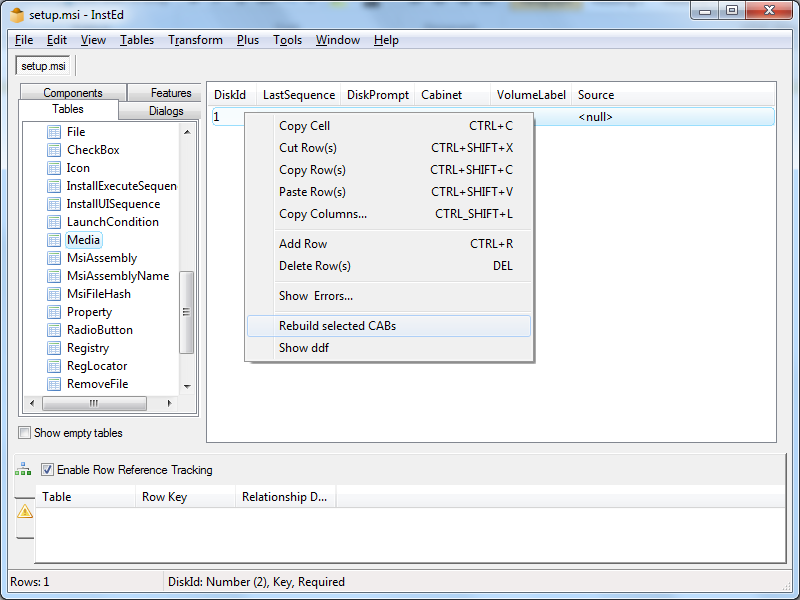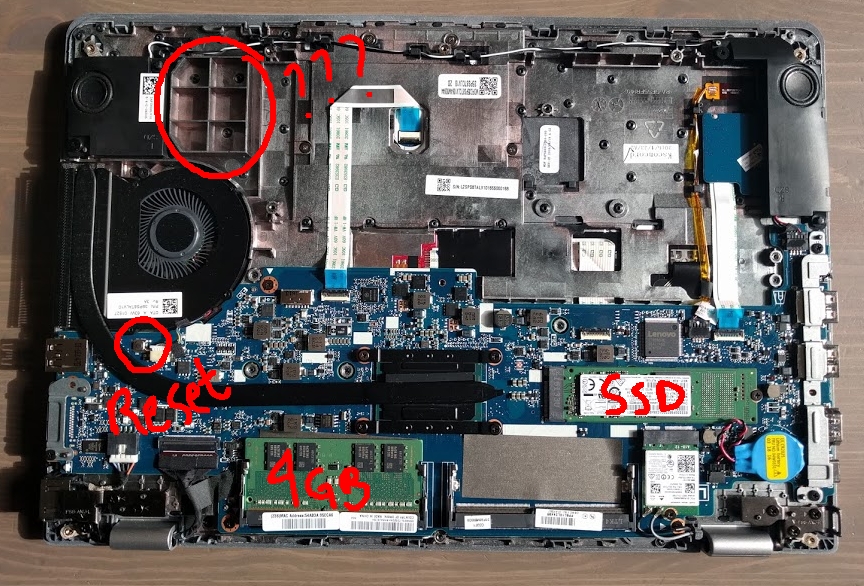- The client-side encryption is always enabled. For enterprise users, ObjectiveFS also supports server-side encryption on AWS using Amazon S3-managed encryption keys (SSE-S3) and AWS KMS-managed encryption keys (SSE-KMS). This guide describes how to set up ObjectiveFS to run with AMS KMS.
- The stunnel program is designed to work as an SSL encryption wrapper between remote client and local (inetd-startable) or remote servers. It can be used to add SSL functionality to commonly used inetd daemons like POP2, POP3, and IMAP servers without any changes in the program's code.
When encryption of data in transit is declared as a mount option for your Amazon EFS file system, the mount helper initializes a client stunnel process. Stunnel is an open source multipurpose network relay.
Railroad track bookends. Did you scroll all this way to get facts about train track bookends? Well you're in luck, because here they come. There are 173 train track bookends for sale on Etsy, and they cost $56.89 on average. The most common train track bookends material is metal. The most popular color? You guessed it: black. Did you scroll all this way to get facts about railroad bookends? Well you're in luck, because here they come. There are 231 railroad bookends for sale on Etsy, and they cost $76.95 on average. The most common railroad bookends material is metal. The most popular color? You guessed it: black.

At Amazon ElastiCache for Redis, we can enable in-transit encryption (TLS) while creating a Redis replication group. The engine version must be 3.2.6, 4.0.10 or later. This is the only requirement. But the fun fact is, it isn't possible to access the Redis through redis-cli. To access the data in Redis, we have to use clients that work with Secure Socket Layer (SSL) or Transport Layer Security (TLS). But redis-cli neither supports SSL nor TLS.
However, a quick solution is to create an SSL tunnel to the redis using stunnel. This program is designed to work as an SSL encryption wrapper between remote client and local/remote server. We can use it to add SSL functionality to almost any daemon without any changes in its code.
That's the theoretical part. We will setup SSL tunnel to access Redis on an Ubuntu server. Let's install some necessary packages:
Now we will write a configuration file for stunnel. Let's create a file:
Please paste the following lines at this file. Here we are mapping our local 6379 port to the Redis node's 6379 port. Please don't forget to do the necessary changes.
Aws Stunnel
Finally, we will start stunnel with our configuration file to take effect, using this command:
If everything is fine, then we should see a successful message.
That's all. Let's connect to the Redis with the following command:
Aws Ses Stunnel
Let's try to access our data.

Aws Ec2 Stunnel

At Amazon ElastiCache for Redis, we can enable in-transit encryption (TLS) while creating a Redis replication group. The engine version must be 3.2.6, 4.0.10 or later. This is the only requirement. But the fun fact is, it isn't possible to access the Redis through redis-cli. To access the data in Redis, we have to use clients that work with Secure Socket Layer (SSL) or Transport Layer Security (TLS). But redis-cli neither supports SSL nor TLS.
However, a quick solution is to create an SSL tunnel to the redis using stunnel. This program is designed to work as an SSL encryption wrapper between remote client and local/remote server. We can use it to add SSL functionality to almost any daemon without any changes in its code.
That's the theoretical part. We will setup SSL tunnel to access Redis on an Ubuntu server. Let's install some necessary packages:
Now we will write a configuration file for stunnel. Let's create a file:
Please paste the following lines at this file. Here we are mapping our local 6379 port to the Redis node's 6379 port. Please don't forget to do the necessary changes.
Aws Stunnel
Finally, we will start stunnel with our configuration file to take effect, using this command:
If everything is fine, then we should see a successful message.
That's all. Let's connect to the Redis with the following command:
Aws Ses Stunnel
Let's try to access our data.
Aws Ec2 Stunnel
Install Stunnel Aws
That's the quick workaround of turning any insecure TCP port into a secure encrypted port using stunnel. And dramatically this solves our problem of accessing AWS Redis.

